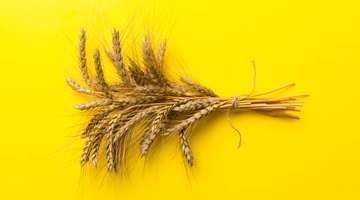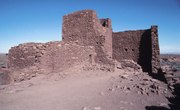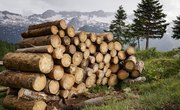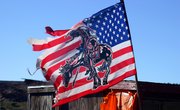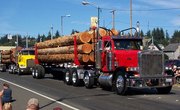What are Sheaves?
It’s a numbers game with a storied background that also offers comfort to parishioners. The "sheaves" definition can take on many connotations depending on how it is used. Looking at etymology, we can see that sheaves are referred to in Hebrew, Old Norse, and in other old languages as a form of crop. Plural sheaves refer to multiple groupings of crops. While looking up a classic dictionary definition for sheaf, you may see that it refers to a bundle of grain.
Sheaves of grain are a farmer’s delight. When bundled up in thick, tall groupings, a sheaf is a physical collection of tall grains that have been bound and prepared for further processing. A sheave is also a pulley that can carry a lot of weight over a large area when paired with multiple pulley systems. A single sheave can pull a heavy load up and over a great height.
While that sounds simple enough, the term "sheaves" has been around for hundreds of years to describe and inspire more than a bundle of a worthy crop. Reapers are often used with the term sheaves as they work together in crop processes of farming. A common phrase that most hear “sheaves” in is “bringing in the sheaves,” which leaves many wondering what its origin was and why it is used in many situations. While the definition of sheaves is unknown to most, the Bible uses the term in Genesis 37 and from Boaz, and it is mainly referred to as a synonym of a crop. Many uses of sheaves were present in the Middle English times, when the Bible formed most of its modern language from Old English. Sheaves of wheat are a common thought when picturing the term itself, after discovering and using its meaning purposefully.
How to Define "Sheaf"
There are other ways to define "sheaf" aside from how it holds up in the field. It may have begun as a word for farmers to describe ways of wrapping up important crops, but it has spread to also include the following definitions:
- A number of single documents held together is a sheaf of papers.
- Arrows bound together in a quiver are called a sheaf of arrows.
- Sheaves are a round pulley system for hoisting heavy objects.
Sheaves in Machines
The word "sheave" is also used in mechanics. The definition of a sheave when used in the context of working on engines or lifting heavy objects is the same as a hoist.
It is used as a pulley or hoist with a grooved wheel that holds a belt, thick wire or rope. They can be used to redirect a wire, rope or cable in order to lift loads and parlay power to other areas.
An adjustable-speed sheave is specifically designed to tolerate changes to the driven shaft speed where the drive motor speed is static.
Sheaves for DIY Projects
The nonmotorized sheave does a lot of work for a simply constructed pulley system. When used in home improvement projects, a block-and-tackle system can move impossibly heavy objects to fit snugly and securely in other areas of the property. The right-sized sheave and pulley system can make a significant difference in moving large objects and lifting substantial items.
Sheaves work well for hoisting heavy bundles, for placing bundles of fencing, concrete blocks or pavers for a backyard patio project or for moving mature trees for a landscaping job.
Sheaves in Farming
Simply put, a sheaf is a bundle of wheat, rye or other cereal plant that has long stalks. These stalks are put into orderly bundles and wrapped around the middle to create sturdy parcels of grain for drying out and shipping.
Traditionally, teams of workers with scythes would hand reap a field of grain. They worked clockwise from the outside edge to the middle. Sheavers used a long stalk to tie the loose stems into an upright bundle that is called a "shock."
A shock is made up of three to eight sheaves. They are placed in a pyramid-like pile with the cut stems forming a wide bottom. The grain heads at the top are well ventilated with this type of self-supporting A-frame. The way that the sheaves are placed into a triangular shock makes them easy to pick up by hand or by a machine.
Sheaves and Scripture
Sheaves of grain are revered in the Bible and in ancient cultures. The bundles were appreciated for the hard work that went into growing, harvesting and drying out these beneficial crops. Omers were also used with the sheaves terms when referring to crops as they go together in crop measuring in Jerusalem. The Bible says quotes with sheaves that also refer to binding sheaves in a form of tithing, another Bible study tool and practice for most Christians.
It was the focus of a popular gospel song in the late 1800s. The song, mostly used by Protestant christians, was inspired by Psalm 126:6. Lyricist Knowles Shaw wrote the song based on the passage: “He that goeth forth and weepeth, bearing precious seed, shall doubtless come again with rejoicing, bringing his sheaves with him.”
Surprisingly, Shaw’s moving lyrics went without music for years. George Minor put music to Shaw’s lyrics in 1880.
Related Articles
References
Writer Bio
Kimberley McGee is an award-winning journalist with 20+ years of experience writing about education, jobs, business trends and more for The New York Times, Las Vegas Review-Journal, Today’s Parent and other publications. She graduated with a B.A. in Journalism from UNLV. Her full bio and clips can be seen at www.vegaswriter.com.

